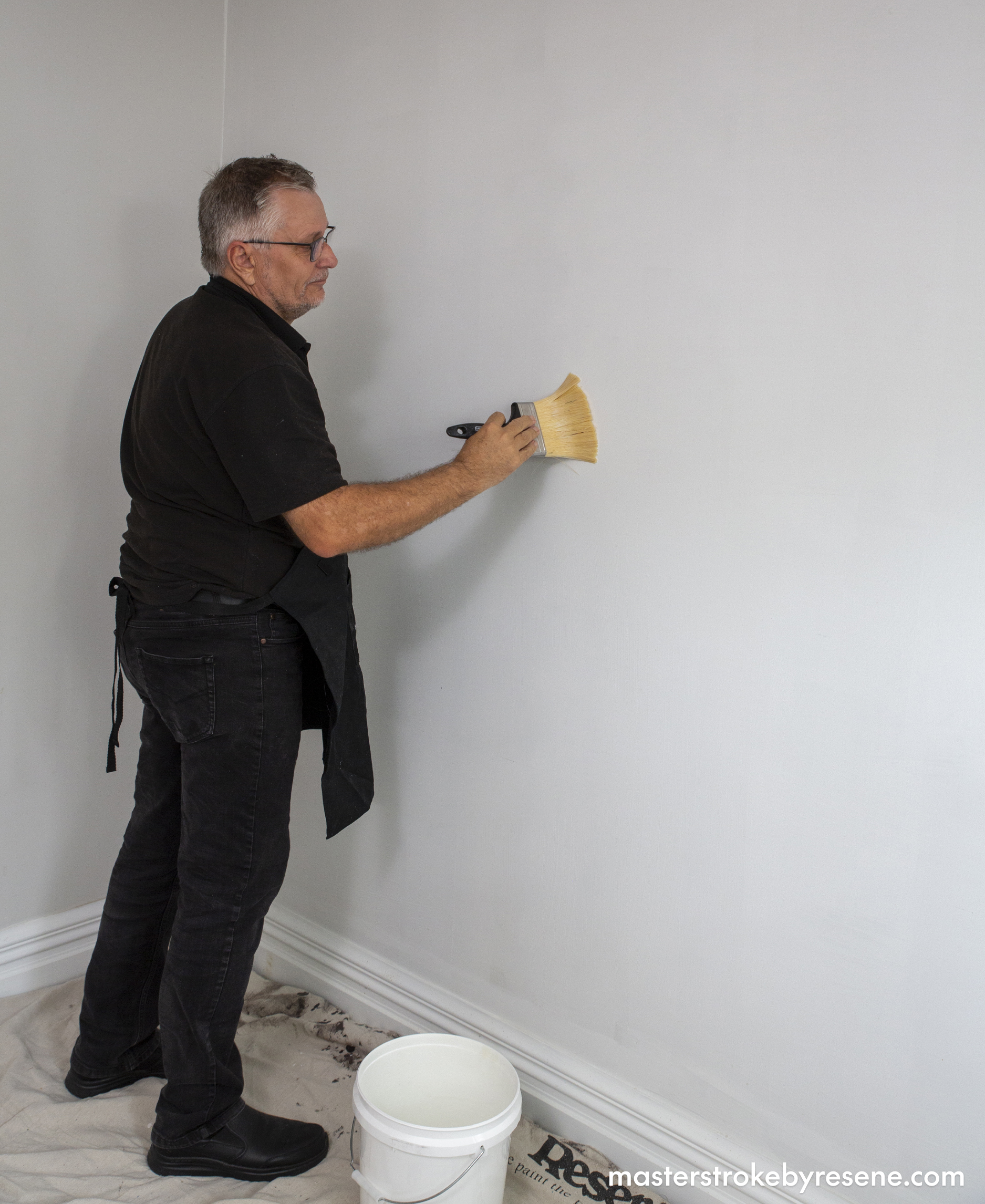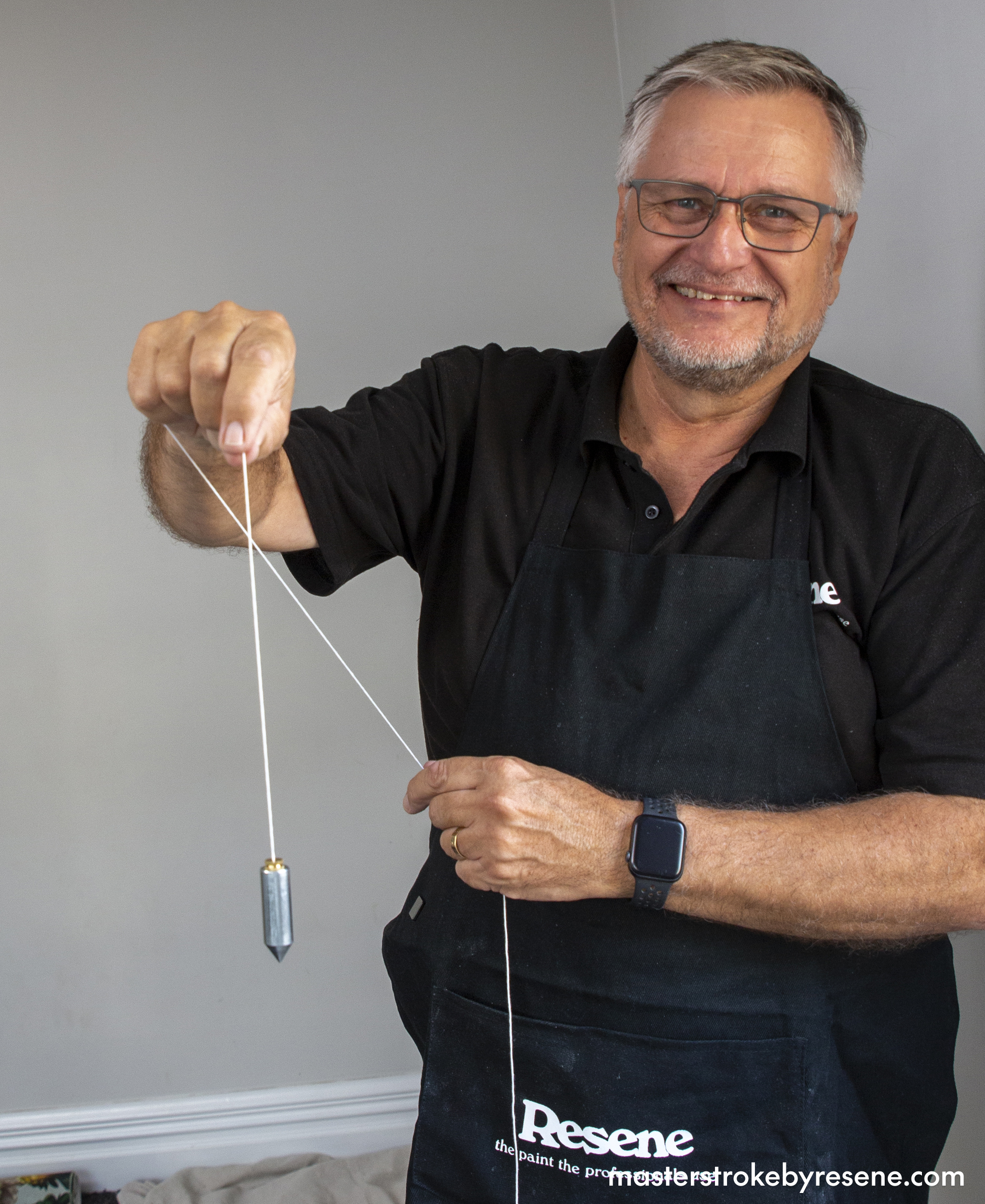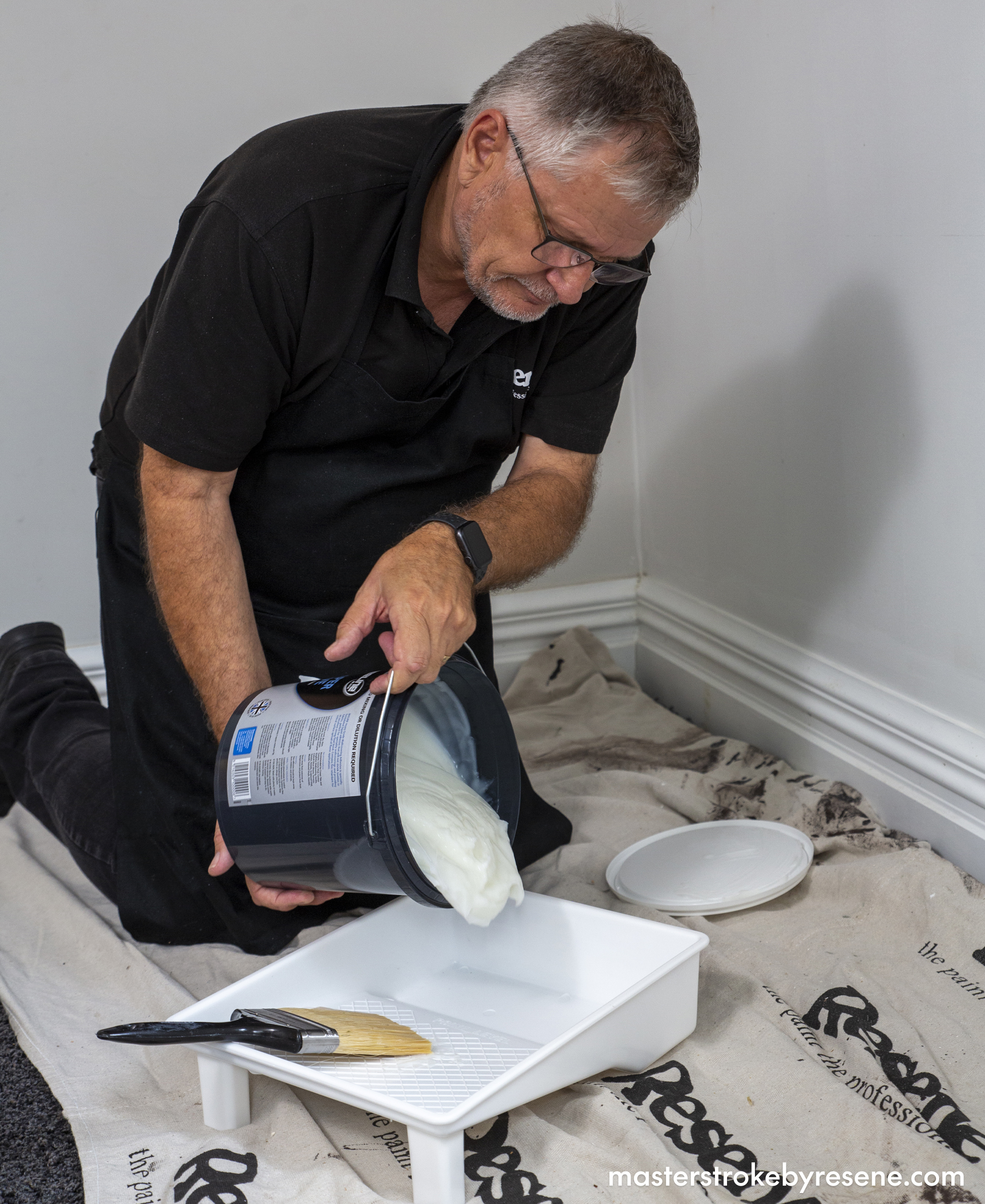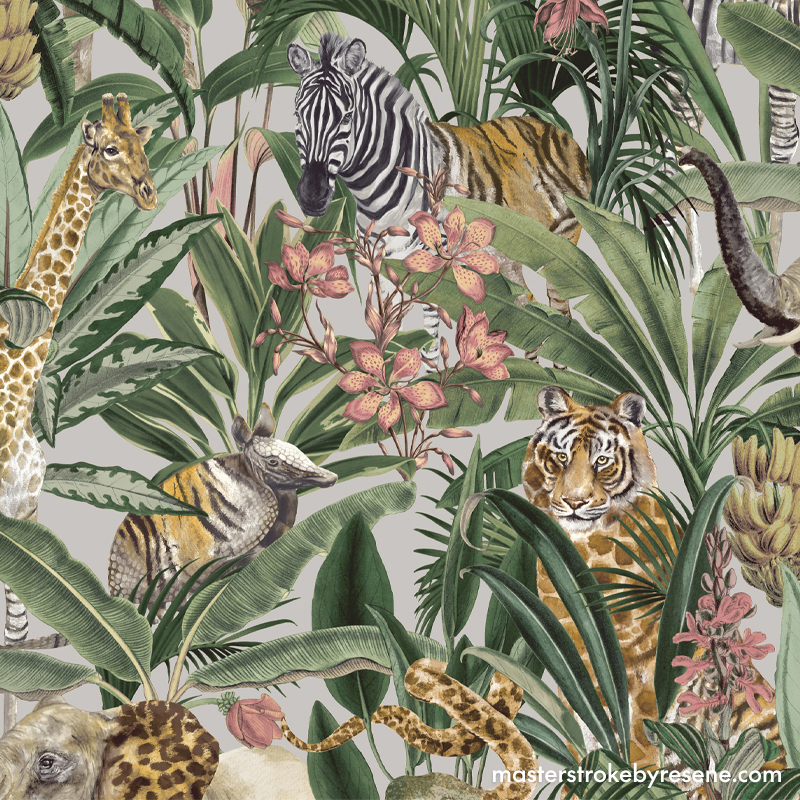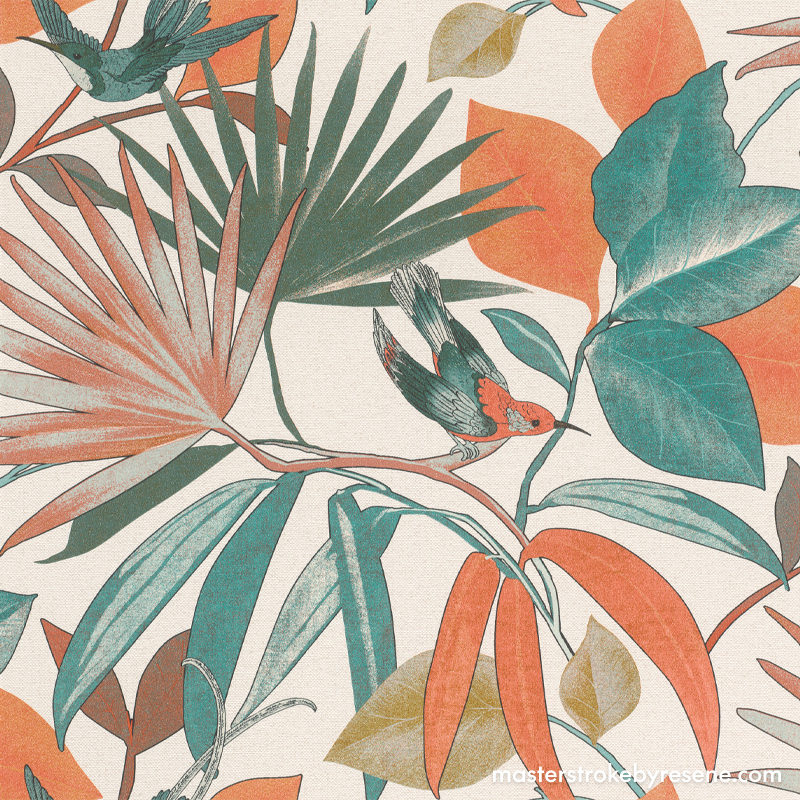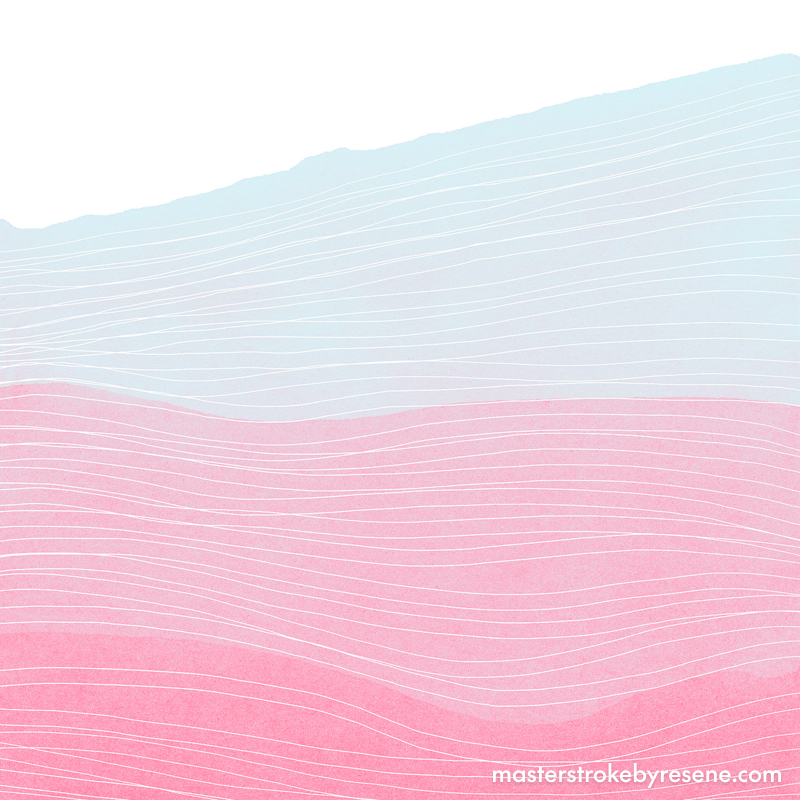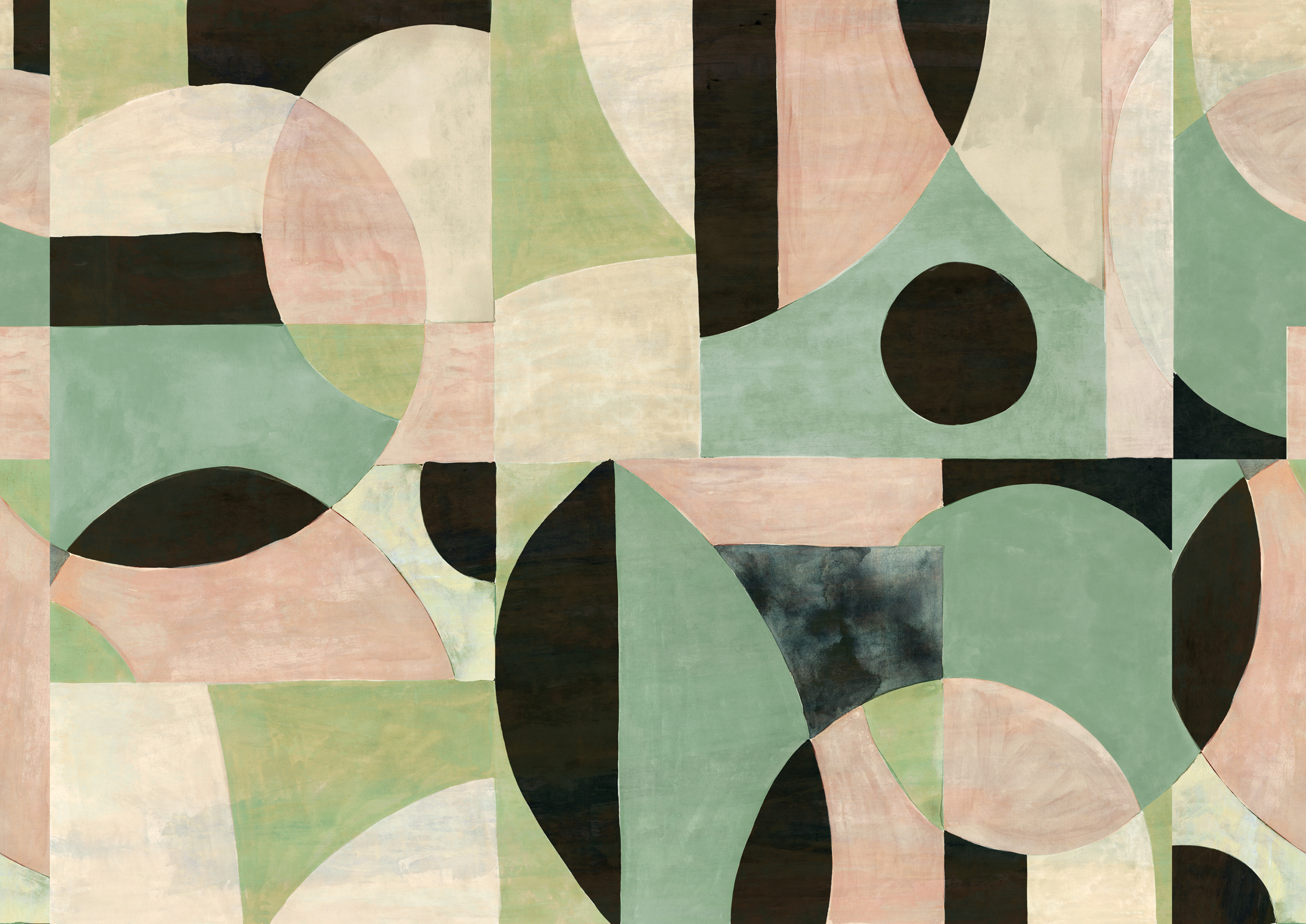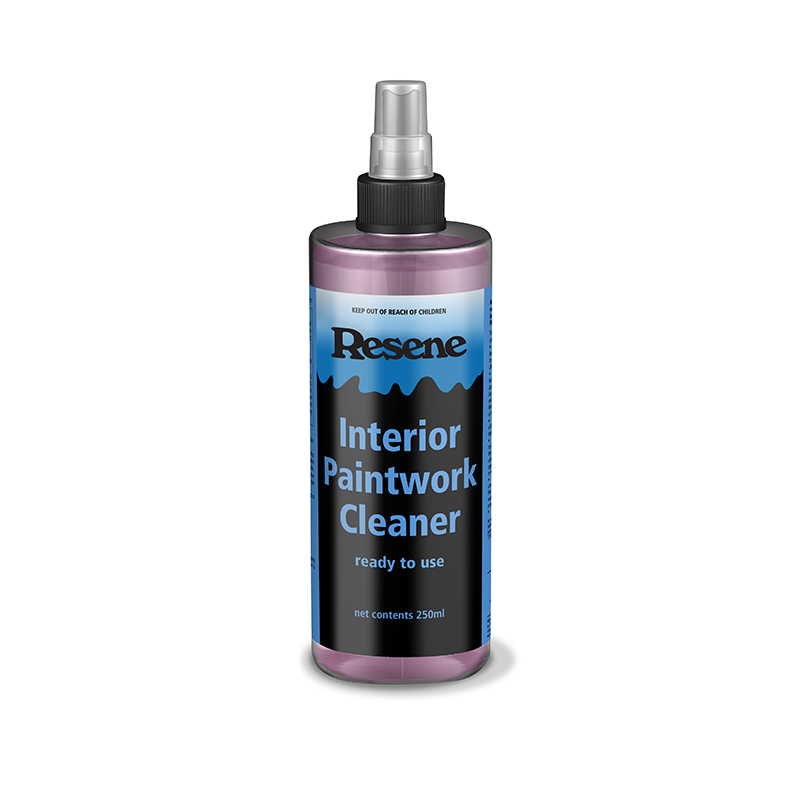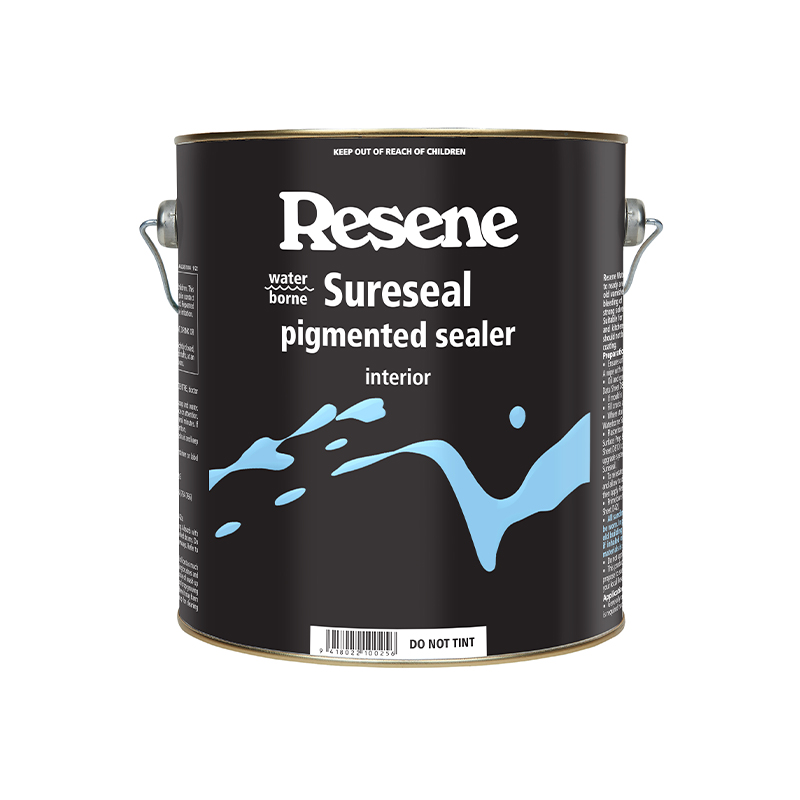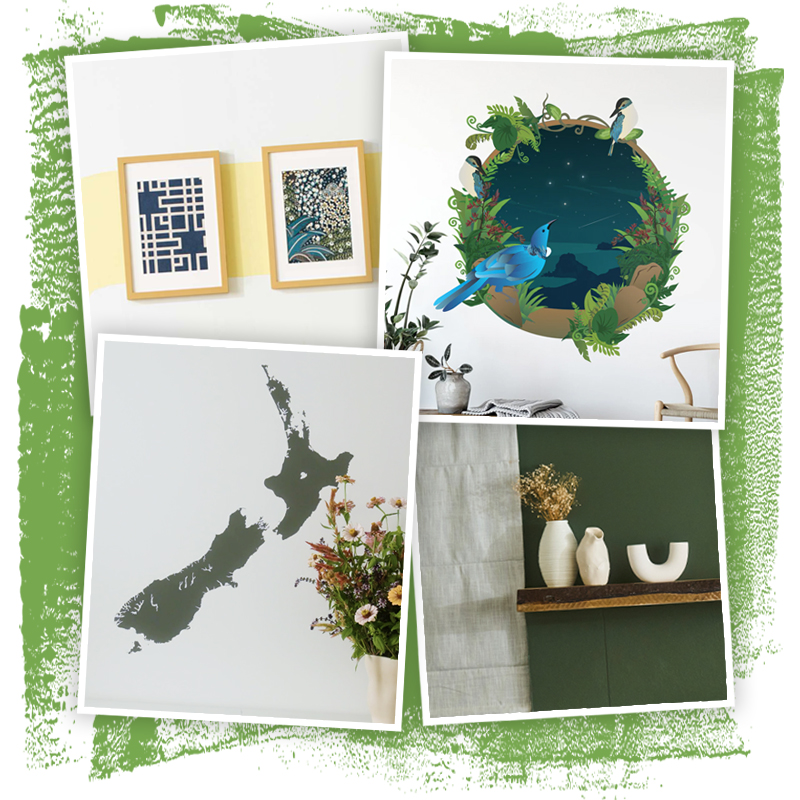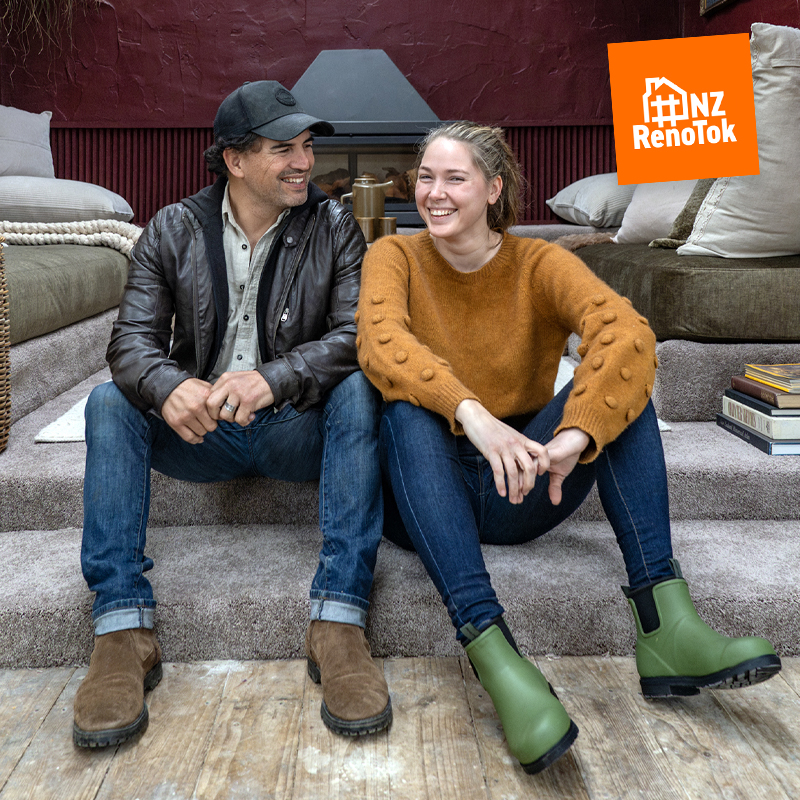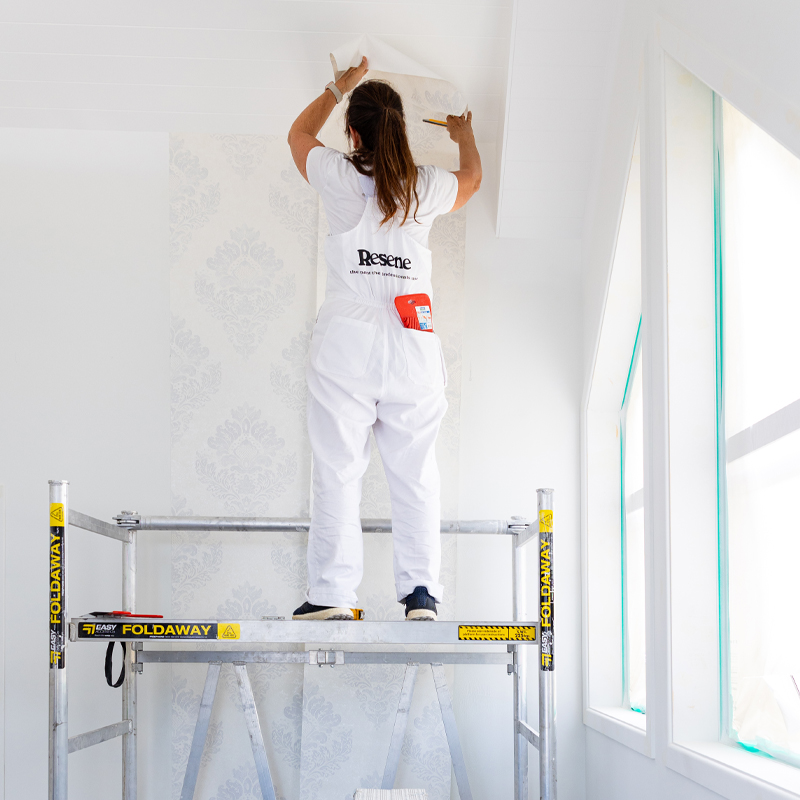Thanks to the stylish designs, inspired textures, bold patterns and downright whimsical prints available these days, wallpaper has made a major comeback. It can transform and lift a space with a different vibrancy than paint, as well as create major talking points in various areas of your home.
Another factor in the wallpaper renaissance is the rise of ‘paste-the-wall’ options. These are much easier and more straightforward to install than traditional pre-pasted papers, which require soaking to release the water-activated adhesive backing before hanging. With the modern varieties, you just have to apply paste to the wall, then hang the paper.
In this video, Resene Wallpaper Expert Ingel Janssen shows you exactly how to hang paste-the-wall wallpaper and recommends the equipment you’ll need to do it. Whether you start small with a powder room, or go large with a feature wall or even a whole room, follow these steps below to create a perfect papered finish.
Wonder wall
As with paint projects, a well-prepared surface will ensure a great end result. If you’re wallpapering a painted wall, give the surface a really good clean first with Resene Interior Paintwork Cleaner. Then fill any cracks or holes with a filler like Resene EzyFill Quick, wait for it to dry, then sand the patches down and wipe away any dust with a damp cloth.
Seal the deal
Whether the wall is painted or unpainted, it needs to be sealed with Resene Waterborne Sureseal pigmented sealer. On painted walls, this product aids adhesion of the wallpaper, and on unpainted walls it prevents the wallpaper paste from being absorbed into the plaster and creates a consistent surface for the wallpaper. Once it has cured, give it a sand with 80-grit sandpaper and wipe down with a clean, damp cloth.


